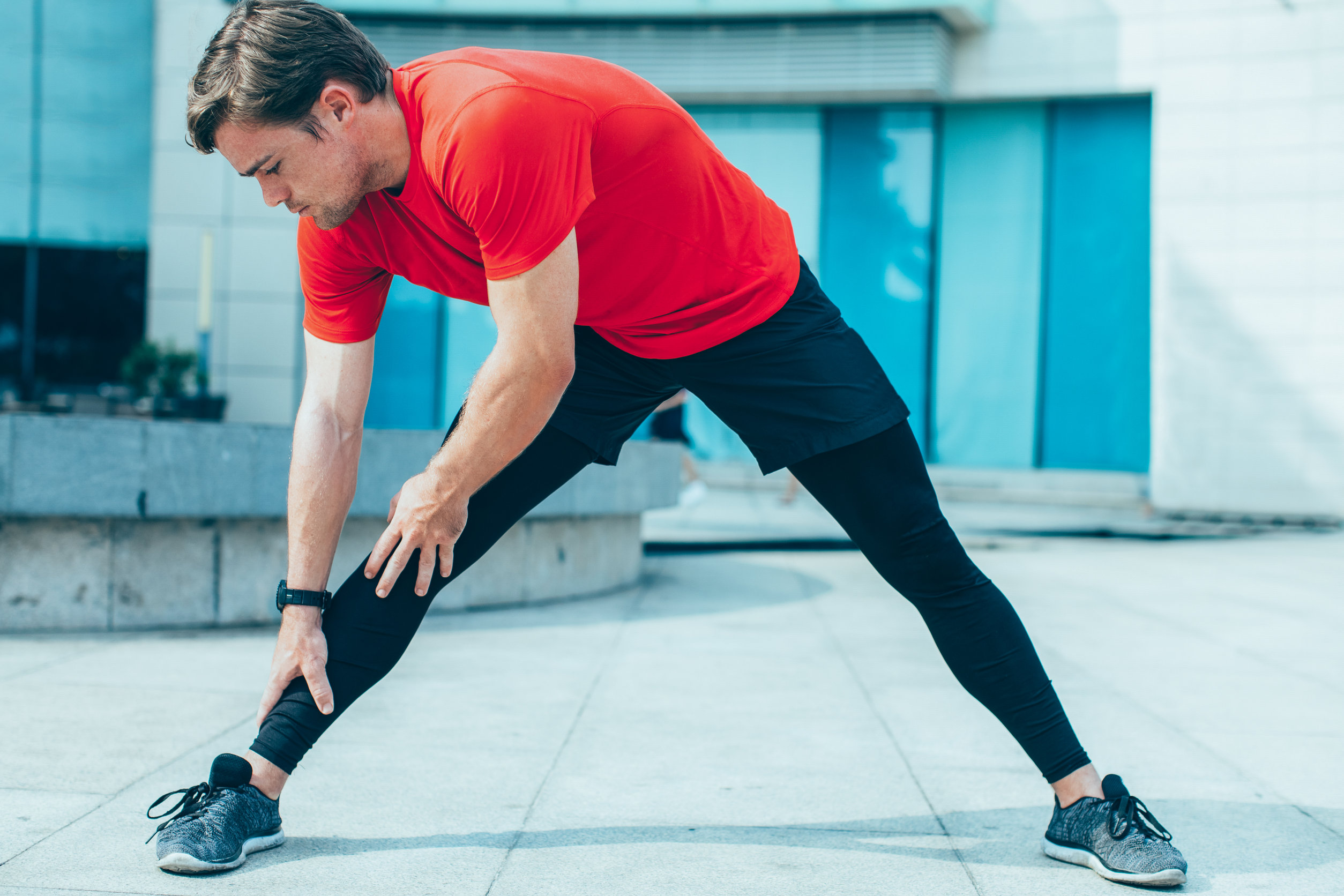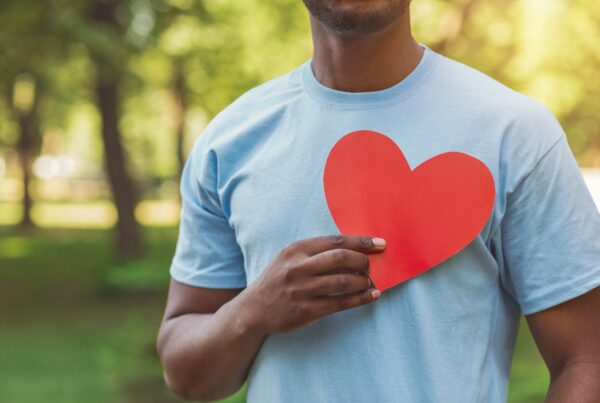”Arkansas, how do you recover after workouts? Our workouts are important, but our recovery is what maximizes the benefits of exercise. This week's article is all about recovery, and what we can do to make sure our bodies are ready for the next workout!
Reading time: 6 Minutes
MWi Hack:
- Learn all the top tips to recover from workouts and stay on track with your health goals.
MWi Summary:
- Recovery tips that can help make a difference in your workout include staying hydrated, prioritizing protein, and stretching.
- It is important to remember make balanced food choices and avoiding overtraining.
- Professional trainers and dietitians can help you make informed decisions in your training and recovery practices.
12 Steps to Follow for a Post-Workout Routine That Gets Results
What you do after your workout is an important part of yielding results, such as muscle gain and weight loss, while reducing muscle soreness. A post-workout routine also helps to maintain optimum energy levels as you restore your vitality, making it easier to stick to your fitness plan.
This article explores the steps to take after a workout to maximize your results. Read on to learn how you can design an effective plan to start the recovery process after you exercise.
General tips to follow
1. Get hydrated
Rehydration is essential, especially if you’ve exercised intensely or broken a sweat. Replenishing your fluid levels improves muscle flexibility, builds strength, and prevents muscle soreness.
Drink at least 16 ounces of water or healthy drinks, such as coconut water, green or black tea, and chocolate milk. Or you can choose a low-sugar sports drink. These drinks contain electrolytes, such as potassium and sodium, that can prevent and relieve muscle cramping.
Avoid overly sugary, caffeinated, and alcoholic drinks, which may cause dehydration.
2. Eat a healthy snack
Plan to eat a healthy snack or meal within 45 minutes of completing your workout. This will help replenish muscle energy stores and start the recovery process. Eat foods that contain carbohydrates and protein.
Carbs help to restore glycogen levels so you can recharge your energy levels. Protein aids in muscle recovery and provides amino acids that help to repair and rebuild muscles.
3. Do light exercise on rest days
While your muscles need time to recover after an intense workout, you can still do light exercise on recovery days, such as walking, swimming, or yoga. Engaging in active recovery may help to prevent lactic acid buildup, remove toxins, and boost circulation. Varying your workouts can also help you target different muscle groups and use your muscles in different ways.
4. Don’t forget to cool down
Always finish your workout with a cooldown, which allows your heart rate to gradually return to its normal rate. It also helps to stop blood pooling in the lower extremities, which may make you feel lightheaded or dizzy.
A proper cooldown can also help to relieve stress, prevent muscle soreness, and prevent injury. Consider wrapping it up with a 5-minute savasana to promote overall wellbeing.
5. Prioritize protein
To repair and rebuild muscle, choose meals that contain healthy carbohydrates and high-quality proteins. Protein options that help to build muscle include:
- milk
- yogurt
- eggs
- cheese
- lean meats
- fish
- whey protein
- nuts and seeds
- soy foods
- low-sugar protein bars
6. Choose carbs wisely
Carbs help your muscles to recover while proteins support muscle growth. Carbohydrates to eat after a workout include:
- sweet potatoes
- fresh fruit
- chocolate milk
- oatmeal
- whole-grain pasta
- whole wheat bread
- quinoa
- legumes
7. Try a supplement
You can enrich your diet with a protein shake or supplements. Supplements that support muscle growth include:
- creatine
- protein supplements
- weight gainers
- beta-alanine
- branched-chain amino acids (BCAAs)
- beta-hydroxy beta-methylbutyrate (HMB)
Eat regularly and avoid skipping meals, which may hinder the benefits of your workout by causing muscle loss. Building muscle helps to speed up your metabolism, which helps with weight loss.
9. Consider certain foods
To burn fat, select foods that promote weight loss. This includes low-fat dairy products, hot peppers, and whole grains. Protein options include fish high in omega-3 fatty acids, such as salmon, mackerel, and tuna. Or opt for lean meats such as turkey, pork tenderloin, or chicken breast.
10. Don’t forget to stretch
Include a stretching routine after your workout while your muscles are still warm. This helps to elongate muscles, relieve tension, and enhance flexibility. Stretching also helps prevent muscle soreness, relieve tension, and increase your range of motion. This improves mobility, promotes good posture, and enhances muscle relaxation.
11. Enjoy a cool shower
Take a cool or cold shower to encourage healing, prevent inflammation, and ease muscular tension. You can even try out an ice bath, which may relieve muscle soreness and inflammation. It may also help you to experience a night of peaceful slumber.
12. Try a home remedy
Other options to alleviate or prevent sore muscles include taking an Epsom salt bath, having a massage, or foam rolling. If you feel tired, experience pain, or have any type of injury, rest completely until you feel better.
What to avoid
Strike a balance with your food choices. Make sure you fuel your body without taking in too many calories. It’s not necessary to deprive yourself of anything. Avoid skimping on calories or cutting out meals altogether. It’s also important to stay away from eating too much or getting your calories from unhealthy, processed foods.
Resist the urge to overexert yourself by pushing yourself too quickly or past your current level. This can lead to strains and injuries. It can also cause nausea, especially if you do an intense, bouncy, or heated workout. Or if you end your workout abruptly.
Restricting your breath or forgetting to breathe during and after exercise can lead to dizziness or lightheadedness. This is due to a lack of oxygen to the brain. Practice deep breathing exercises at rest before incorporating them into your workouts. This will help to develop healthy breathing patterns and breath awareness.
If you don’t follow a post-workout routine
To get the most benefits from your workout, it’s important to honor and nourish your body by following a post-workout routine and nutrition plan. This allows you to stay healthy physically and mentally. If you don’t follow a post-workout routine, you run the risk of injury or burnout. Plus, it may be more difficult for you to stick to an exercise plan or have the energy to complete your daily tasks.
You may occasionally deviate from your post-fitness routine due to lack of time or other commitments, but overall you should follow the appropriate steps as often as possible.
It’s also vital that you listen to your body and take a break if you are feeling ill, tired, or in pain after you exercise. To perform at your optimum level that next time you work out, you must ensure your body is restored and revitalized. This allows your body to function at its maximum capacity, making it easier to go about your daily activities with greater ease.
You’ll feel better physically and improve your overall wellbeing, which can have a positive effect on all areas of your life.
When to talk with a pro
Consider working with a trainer if you are new to fitness or have underlying health conditions, including injuries. A fitness pro can create an individual program that’s tailored to your needs and goals. They’ll also show you the path to take post-workout. As you progress, a trainer can make adjustments to your routine so you can continue to improve.
A dietician can assess your individual needs by looking at your current eating habits, workout routine, and intended outcomes. They will design an optimal eating plan that complements your fitness program, dietary restrictions, or health concerns. Checking in with a dietician can also help you to feel motivated and supported as you work toward long-term improvements.
The bottom line
You must utilize the recovery process after a workout to gain the most benefits and give your muscles a chance to heal. In addition to these suggested steps, get plenty of sleep, which will help to boost your performance and the recovery process. Give yourself the chance to fully rest anytime you feel you need it.
Create a post-workout recovery routine that allows you to safely restore energy levels and rebuild muscles. If you find yourself being either too laissez-faire or rigid about your post-workout routine, adjust accordingly.
https://www.healthline.com/health/exercise-fitness/what-to-do-after-working-out






